Results 10,501 to 10,510 of 12091
Thread: Anandtech News
-
04-09-20, 01:11 PM #10501
Anandtech: Rebranded Ethernet Technology Consortium Unveils 800 Gigabit Ethernet
With an increasing demand for networking speed and throughput performance within the datacenter and high performance computing clusters, the newly rebranded Ethernet Technology Consortium has announced a new 800 Gigabit Ethernet technology. Based upon many of the existing technologies that power contemporary 400 Gigabit Ethernet, the 800GBASE-R standard is looking to double performance once again, to feed ever-hungrier datacenters.
The recently-finalized standard comes from the Ethernet Technology Consortium, the non-IEEE, tech industry-backed consortium formerly known as the 25 Gigabit Ethernet Consortium. The group was originally created to develop 25, 50, and 100 Gigabit Ethernet technology, and while IEEE Ethernet standards have since surpassed what the consortium achieved, the consortium has stayed formed to push even faster networking speeds, and changing its name to keep with the times. Some of the biggest contributors and supporters of the ETC include Broadcom, Cisco, Google, and Microsoft, with more than 40 companies listed as integrators of its work.
As for their new 800 Gigabit Ethernet standard, at a high level 800GbE can be thought of as essentially a wider version of 400GbE. The standard is primarily based around using existing 106.25G lanes, which were pioneered for 400GbE, but doubling the number of total lanes from 4 to 8. And while this is a conceptually simple change, there is a significant amount of work involved in bonding together additional lanes in this fashion, which is what the new 800GbE standard has to sort out.
Diving in, the new 800GBASE-R specification defines a new Media Access Control (MAC) and a Physical Coding Sublayer (PCS), which in turn is built on top of two 400 GbE 2xClause PCS's to create a single MAC which operates at a combined 800 Gb/s. Each 400 GbE PCS uses 4 x 106.25 GbE lanes, which when doubled brings the total to eight lanes, which has been used to create the new 800 GbE standard. And while the focus is on 106.25G lanes, it's not a hard requirement; the ETC states that this architecture could also allow for larger groupings of slower lanes, such as 16x53.125G, if manufacturers decided to pursue the matter.
Focusing on the MAC itself, the ETC claims that 800 Gb Ethernet will inherit all of the previous attributes of the 400 GbE standard, with full-duplex support between two terminals, and with a minimum interpacket gap of 8-bit times. The above diagram depicts each 400 GbE with 16 x 10 b lanes, with each 400 GbE data stream transcoding and scrambling packet data separately, with a bonding control which synchronizes and muxes both PCS's together.
All told, the 800GbE standard is the latest step for an industry as a whole that is moving to Terabit (and beyond) Ethernet. And while those future standards will ultimately require faster SerDes to drive the required individual lane speeds, for now 800GBASE-R can deliver 800GbE on current generation hardware. All of which should be a boon for the standard's intended hyperscaler and HPC operator customers, who are eager to get more bandwidth between systems.
The Ethernet Technology Consortium outlines the full specifications of the 800 GbE on its website in a PDF. There's no information when we might see 800GbE in products, but as its largely based on existing technology, it should be a relatively short wait by datacenter networking standards. Though datacenter operators will probably have to pay for the luxury; with even a Cisco Nexus 400 GbE 16-port switch costing upwards of $11,000, we don't expect 800GbE to come cheap.
Related Reading- Sonnet Unveils Solo5G: A USB-C to 5 GbE Network Adapter
- Intel Launches Atom P5900: A 10nm Atom for Radio Access Networks
- D-Link Announces Nuclias Remote Management Solutions for SMB Networks
- TP-Link Updates Deco Mesh Networking Family with Wi-Fi 6
More...
-
04-10-20, 07:16 AM #10502
Anandtech: EVGA Announces GeForce RTX 2070 Super KO & RTX 2080 Super KO
Expanding its series from its first KO graphics card in years, EVGA unveiled its GeForce RTX 2060 KO at CES 2020, which made waves as was one of the first non-reference GTX 2060 cards to be released at $299. Continuing to fight the good fight for users looking for value from within the latest models, EVGA has released two new models in its KO series, the GeForce RTX 2070 Super KO, and the GeForce RTX 2080 Super KO.
Back at CES 2020, EVGA released its first KO series card since the GeForce 9800 GTX era with the ray-tracing enabled GeForce RTX 2060 KO. The primary aim was on offering users a card with many of EVGA's bells and whistles, but at a solid entry-level price point. Building on that, the new EVGA GeForce RTX 2070 Super KO and RTX 2080 Super KO follows on as the successor to the equally good value for money EVGA GeForce RTX Black models.
Some of the most prominent features of the new EVGA RTX Super KO models include a dual-slot, dual-fan cooler, with both models following the same black-themed design of the Super Black Gaming series. And, in what seems like a welcome rarity these days, there is no RGB LED lighting of any kind, which some users may prefer.
Opening up with the beefier of the two cards, the EVGA GeForce RTX 2080 Super KO has the same specifications as the RTX 2080 Super Founders Edition. This includes a base GPU clock speed of 1650 MHz, with a boost clock of 1815 MHz. Memory speeds remain the same at 15.5 Gbps, and the same 8 GB of GDDR6 over a 256-bit memory bus.
The cheaper EVGA GeForce RTX 2070 Super KO also shares the same specifications its reference counterpart, the RTX 2070 Founders Edition. This means the RTX 2070 Super KO has an effective memory clock of 14 Gbps, a base core clock of 1605 MHz which boosts to 1770 MHz.
Both models share the same design throughout, with its dual-slot twin fan cooler, albeit bereft of a backplate for visually appealing aesthetics and extra cooling on the rear of the cards VRMs. Looking to the I/O, both share the same set of outputs including triple DisplayPort 1.4 outputs, with a single HDMI 2.0b video output. On paper, the only major difference in performance between the new Super KO and Founders Edition models is the custom cooler, with EVGA employing a fairly similar design overall to NVIDIA's.
The EVGA GeForce RTX 2080 Super KO has an MSRP of $699 with a $10 rebate available to bring it in line with reference model pricing. Cheaper still is the GeForce RTX 2070 Super KO which is available for $499 with users also able to benefit from a $10 instant rebate from EVGA. Both models can be purchased directly from the EVGA online store, or at Amazon and Newegg.
Gallery: EVGA Announces New Graphics Cards, RTX 2070 Super KO & RTX 2080 Super KO





Related Reading- The NVIDIA GeForce RTX 2070 Super & RTX 2060 Super Review: Smaller Numbers, Bigger Performance
- The NVIDIA GeForce RTX 2080 Super Review: Memories of the Future
- NVIDIA's GeForce GTX 1650 GDDR6 Released: GDDR6 Reaching Price Parity With GDDR5
- Quick Note: AMD Shows Off Raytracing on RDNA2
More...
-
04-13-20, 10:36 AM #10503
Anandtech: China Develops High Capacity QLC 3D NAND: YMTC at 1.33 Tb
Yangtze Memory Technologies Co. (YMTC) has announced that it's developed its new 128-layer 1.33 Tb QLC 3D NAND memory chip, the X2-6070. The new chip is based on its Xtacking architecture which enables it to run with super high I/O while maximising the density of its memory arrays. YMTC has also unveiled its plan for a 128-layer 512 Gb TLC chip, the X2-9060, designed to meet more diverse application requirements.
We first reported on the China-based company YMTC entering its 3D NAND memory chips into production back in 2018, when it unveiled its Xtacking Architecture at the Flash Memory Summit. While it didn't disclose technical details of its announcement, it did state the Xtacking architecture has the capability to run the I/O with speeds of up to 3 Gbps. Fast forward to 2019, and it announced that it planned to start volume production of its 64-layer 3D NAND which we also reported on.
Using its Xtacking architecture at the forefront of production, both the new X2-6070 and X2-9060 feature its updated 2.0 variant which YMTC claims to bring more benefits to flash memory. Both the X2-6070 and X2-9060 are claimed to deliver up to 1.6 Gb/s of I/O performance and operate with a Vccg voltage of 1.2 V. YTMC has stated that the X2-6070 QLC based chip will be first used in consumer-grade SSDs, with the aim to then deliver its capabilities into Enterprise focused drives.
The QLC based X2-6070 has 128-layers and more than 366 billion effective charge-trap memory cells. Each memory cell has 4-bit of data, which equates to 1.33 Tb of storage capacity. Everything is proportionate to cost, and it seems like YMTC, which is newer than most to 3D NAND stacking, could again improve its Xtacking architecture in the future.
We expect that YMTC, who is part of the Tsinghua Unigroup in China, is using the XMC fab in Wuhan China to produce its wafers for its 3D NAND. Tsinghua acquired XMC back in 2016, and while we haven't had it confirmed, it is likely to be producing its wafers at the XMC fab, which is one of China's largest semiconductor fabrication plants which also uses the Xtacking architecture.
YMTC hasn't released official specifications or data sheets about the X2-6070 QLC and X2-9060 MLC memory chips, nor has it stated when it is likely to be integrated with its controller partners (or which controllers support it).
Related Reading- Yangtze Memory Unveils Xtacking Architecture for 3D NAND: Up to 3 Gbps I/O
- Flash Memory Summit 2018, Yangtze Memory Technology Keynote Live BlogL Unleashing 3D NAND
- YMTC Starts Volume Production of 64-Layer 3D NAND
- SK Hynix Sampling New PCIe 4.0 96L SSDs, 128L 4D NAND Enterprise SSDs
- Micron to Start Volume Production of 128-Layer 3D NAND with RG Architecture This Quarter
More...
-
04-13-20, 10:36 AM #10504
Anandtech: ASUS Launches An Old GPU: The NVIDIA GT 710 with Four 4K HDMI Ports
I've noticed of late that certain companies are 'relaunching' older parts in new designs. We've seen it recently with some of the older AMD APUs finding their way into new motherboard designs, but here it's a case of a base GPU returning to the market. ASUS has listed on its website a 'new' GT 710: this is a super low end graphics chip with 192 CUDA cores on the 87 mm2 GK208 Kepler die that originally launched in late 2015 / early 2016. The goal of this sort of graphics card us to supply basic video outputs to machines that do not come with any integrated graphics on the processor.
What's different about this card, which comes with 2 GB of GDDR5 memory, is that it has four HDMI video outputs. On a modern graphics card you might expect a DisplayPort or two, but here it's all just HDMI. Despite the GK208 GPU not supporting HDMI 2.0 natively, this is the sort of card that is going to take advantage of NVIDIA opening up 4K60 with 4:2:0 subchroma sampling support on Kepler, which makes it useful for video at the most (you won't want to be running a full desktop experience with it).
ASUS states that the card can support 4K60 in this mode when one monitor is attached, or 4K30 when multiple displays are attached. Obviously with this horsepower we're not going to be doing any gaming - it's simply at the cheap end of the spectrum for office machines or library machines or similar. ASUS suggests using multiple cards at once for anyone that needs 12-16+ displays.
This card uses a PCIe 2.0 x1 connection, ensuring compatibility for a wide range of older machines, and offers a 954 MHz engine clock and a 5000 MHz memory clock. The GT710-4H-SL-2GD5 is expected to be in the ~$50 range when it comes to market.
Source: FanlessTech, ASUS
Related Reading- NVIDIA To Move Mobile Kepler GPUs to Legacy Status in April 2019 (& 3D Vision Too)
- NVIDIA 344.48 WHQL Drivers Available; DSR Added To Fermi & Kepler
- NVIDIA Kepler Cards Get HDMI 4K@60Hz Support (Kind Of)
Gallery: ASUS Launches An Old GPU: The NVIDIA GT 710 with Four HDMI Ports





More...
-
04-13-20, 06:10 PM #10505
Anandtech: Apple’s A12Z Processor Confirmed to Reuse A12X Silicon
Last month Apple introduced its latest generation of iPad Pro tablets, and much to the surprise of many, the new iDevices didn’t come with a high-end variant of Apple’s newest A13 SoC. Instead, the iPads used an SoC that Apple was calling the A12Z, clearly indicating that it was based on the same Vortex/Tempest architecture as the earlier A12X, which was used in the 2018 iPad Pros. The unusual move from Apple left us suspecting that the A12Z may not have even been a new chip, but rather a new bin of the A12X, and today we finally have confirmation of that theory thanks to TechInsights.
In a brief tweet, the technical analysis and reverse engineering firm published a note announcing their findings, along with side-by-side die shots comparing A12Z and A12X. In short, the two chips are seemingly identical, with every last functional block in exactly the same place and the same size on A12Z as it was A12X.
Our analysis confirms #Apple #A12Z GPU chip found inside #iPadPro (model A2068) is the same as A12X predecessor. A report of our findings is underway & will be available as part of TechInsights' #Logic Subscription. Learn more here https://t.co/WWQqlPorNF pic.twitter.com/RsQEADpZscWhile TechInsights’ die shot analysis doesn’t suss out some finer details such as chip steppings – whether A12Z is even on a newer stepping, or if it’s the same stepping as the A12X that Apple was shipping in 2018 for the IPad Pro launch – it’s clear that in terms of silicon, A12Z doesn’t bring anything new to the table.
— TechInsights (@techinsightsinc) April 13, 2020
Instead, the notable changes between the two chips is in their binning/configuration: whereas the A12X only ever shipped with 7 of its GPU clusters enabled, A12Z ships with all 8 enabled. And while a small change in the grand picture of things, it makes sense for Apple to finally enable the 8th cluster for a bit more performance. A12X is produced on TSMC’s 7nm line, and when it was released in 2018, it was one of the biggest 7nm chips being churned out. So Apple should be enjoying much better yields 18 months later, reducing the need to bin to a lower spec to salvage chips.
As for why Apple would opt to re-use A12X for their 2020 tablets instead of commissioning an A13X, while we can only speculate, it almost certainly comes down to economics, as the tablet market is quite different from the smartphone market. Apple is virtually unchallenged as far as high-performance Arm tablets go, and even then, the number of iPads they sell has always been a drop in the bucket compared to the number of iPhones they sell. So there are fewer devices to aromatize the costs of chip development against, and all the while chip development costs are continuing to rise with each new generation of photolithography technology. In short, at some point it has to stop making sense to create new chip designs on a yearly basis for mid-volume products, and Apple may very well have finally hit that mark with their tablet SoCs.Apple SoC Comparison A12Z A12X A13 A12 CPU 4x Apple Vortex
4x Apple Tempest4x Apple Vortex
4x Apple Tempest2x Apple Lightning
4x Apple Thunder2x Apple Vortex
4x Apple TempestGPU 8-cluster, A12-gen 7-cluster, A12-gen
(+ 1 disabled)4-cluster, A13-gen 4-cluster, A12-gen Memory Bus 128-bit LPDDR4X 128-bit LPDDR4X 64-bit LPDDR4X 64-bit LPDDR4X Manufacturing Process TSMC 7nm (N7) TSMC 7nm (N7) TSMC 7nm (N7P) TSMC 7nm (N7)
More...
-
04-14-20, 10:38 AM #10506
Anandtech: OnePlus Announces OnePlus 8 & OnePlus 8 Pro: Step-Up 2020 Flagships
As the world is in quarantine, smartphone companies aren’t standing still and are still moving forward with their new product launches. We’ve seen almost every other company on the market release their 2020 flagships – but one important vendor has been missing from the line-up: OnePlus. Today, the company is finally revealing its newest OnePlus 8 and OnePlus 8 Pro phones, offering improvements and technology advancements at the highest levels.
Particularly the new OnePlus 8 Pro seems to be the company’s most prestigious flagship device ever, including a new QHD+ 120Hz display, a new generation 1/1.7” camera sensor from Sony along with interesting ultra-wide angle and telephoto modules, the company’s first time adoption of wireless charging – all new features on top of the existing ones that made the OnePlus 7 Pro a great phone in 2019.
More...
-
04-14-20, 10:38 AM #10507
Anandtech: AMD’s New EPYC 7F52 Reviewed: The F is for ???? Frequency
Everyone wants a fast processor. The ability to get more stuff done is one of a number of guiding principles of business. However, business also needs consistency, safety and security, which is why having enterprise-class processors is often a requirement in the back-end infrastructure. These processors, with lots of cores, aren’t as fast as consumer processors, so it becomes a tussle whether it makes sense to go fast without security, or to play it safe with a proven platform. With AMD’s new 7F processors, the aim is to provide that proven platform with super-fast cores with lots of cache. We’ve got the 7F52 in for testing today.
More...
-
04-14-20, 01:54 PM #10508
Anandtech: Tyan Updates Transport HX Barebones To Support AMD EPYC 7F32 CPU
Alongside today's launch of AMD's new EPYC 7F32, 7F52, and 7F72 processors, stalwart server motherboard and chassis vendor Tyan has officially announced their support for the new chips. Complimenting AMD's announcements, Tyan is adding support for the chips to select models of their Transport HX barebones servers, which are designed for high-performance computing and server data-driven workflows.
On the back of a new range of EPYC 7002 processors focused on higher core frequency, Tyan has added support to three models. This includes the Tyan Transport HX TN83-B8251, the TS75A-B8252, and the TS75-B8252. Each model follows a 2U2S design for rack mounting and is offered in barebones form with dual SP3 sockets.
The Tyan Transport HX TN83-B8251 officially supports the new AMD EPYC 7F32, AMD's 8 core, 180 W TDP chip with base clock of 3.7 GHz and a maximum turbo of 3.9 GHz. The TN83-B8251 comes barebones style inside a TN83 chassis, offering sixteen memory slots with support for DDR4 ECC RDIMM/LRDIMM, as well as 3DS RDIMM/LRDIMM memory with speeds of up to DDR4-3200, for up to 4 TB of capacity. On the Tyan S8251GM2NE-2T motherboard is an Intel X550-AT2 dual 10 G Ethernet controller, with a dedicated Realtek IPMI Ethernet port, and an Aspeed AST2500 BMC.
Storage-wise, there is support for up to ten SATA drives via two Slim SAS ports and eight NVMe ports with four SFF-8654 Slim SAS connectors. For graphics cards, there are four full-length PCIe 4.0 x8 slots, with two HH/HL PCIe 4.0 x16 slots which are available with included riser cards.
Also launched is the Transport TS75A-B8252 and TS75-B252, which both come with a TS75A 2U rackmount chassis and have ten PCIe 4.0 slots. Some of the main features include an Intel X550-AT2 dual 10 G Ethernet controller, an Aspeed AST2500 BMC with Redfish support, which uses a Realtek IPMI Ethernet port. Also included on the S8252GM2NE-2T motherboard is ten PCIe 4.0 slots with three full-length, one PCIe 4.0 x16 OCP 3.0 slot, with the rest accessible via pre-installed riser cards. Both include thirty-two memory slots with support for up to 8 TB of DDR4-3200 ECC memory, with support for RDIMM, LRDIMM, and 3DS modules.
The only difference between the two B8252 models is through the level of storage support offered. The TS75A-B8252 has twenty-six 2.5" SATA bays, with twenty-four SATA drives coming from four SFF-8654 connectors, and two regular SATA powered by a Marvel 9235 SATA controller. There are also two NVMe PCIe 3.0 M.2 slots. The TS75-B8252 has twelve 3.5" SATA bays, with four NVMe U.2 ports which can be used in the bays as well.
Each model offers its own benefits for the server, data center, and high-frequency trading systems. The new AMD EPYC 7002 7F32, 7F52, and 7F52 feature higher core frequencies, with higher boost frequency capabilities, with the 7F52 offering the highest core-to-cache ratio of any x86 processor on the market.
At present, Tyan hasn't announced when each of the three new models will be available to purchase, or how much they might retail for.
Related Reading- AMD's New EPYC 7F52 Reviewed: The F is for High Frequency
- The GIGABYTE MZ31-AR0 Motherboard Review: EPYC with Dual 10G
- Microsoft Now Offers Azure NVv4 Virtual Machines with AMD EPYC & Radeon Instinct
- Updated AMD Ryzen and EPYC CPU Roadmaps March 2020: Milan, Genoa, and Vermeer
More...
-
04-15-20, 09:14 AM #10509
Anandtech: ADATA's New 32 GB DDR4-3200 SO-DIMM, Ideal for Ryzen Mobile
ADATA, one of the leading manufacturers of DRAM and NAND products, has just unveiled its latest memory modules. The new ADATA DDR4-3200 32 GB parts are available in both UDIMM and SO-DIMM format with an operating voltage of just 1.2 V. This is just the ticket for adopters of the new Ryzen 4000 Mobile platform looking to run high-capacity memory without compromising on throughput performance.
Back at Computex 2019, ADATA showed off its DDR4-2666 SODIMMs for the desktop market. Fast forward to now and it looks to push performance even higher with its new 32 GB DDR4-3200 modules.
Touching more on the design, we know the ADATA DDR4-2666 modules we saw at Computex were using Micron 16 Gb ICs to build its 32 GB UDIMMs. It is unlikely that ADATA has changed this, but we can't confirm this at present. The lower operating voltage over conventional DDR3 at 1.5 V according to ADATA equates to around 20% less power being drawn, which in turn generates less heat.
Potential use cases for DDR4-3200 32 GB memory is in platforms such as AMD's Threadripper 3000 with a total capacity of 256 GB over eight memory slots. This is more interesting when it comes to mobile platforms such as Ryzen 4000 which has seemingly raised the bar for computational performance in consumer notebooks. Being able to equip a chip with DDR4-3200 helps performance, even if the laptop has a discrete GPU.
In terms of pricing, the new ADATA DDR4-3200 32 GB modules are set to retail with an MSRP of $160. These will filter into retail channels such as Amazon, but they will also be available to purchase from ADATA directly.
Related Reading- SK Hynix: We're Planning for DDR5-8400 at 1.1 Volts
- TeamGroup Announces 32GB T-Force Vulcan Z and Dark Z DDR4 Modules
- G.Skill Launches 256 GB DDR4-3600 CL16 Memory Kit
- GIGABYTE Launches Designare DDR4-3200 Memory, a 64 GB Kit
- The Corsair DDR4-5000 Vengeance LPX Review: Super-Binned, Super Exclusive
More...
-
04-15-20, 12:36 PM #10510
Anandtech: Apple Announces New Updated iPhone SE: A13 & New Features for $399
Apple’s last “classic” iPhone release was the iPhone 8 back in 2017, with the 2016 iPhone SE (Special Edition) being the last iteration donning the iPhone 4 design language. It’s safe to say both these devices had been getting a bit long in the tooth, and there’s still plenty of people out there which loved the 4.7” form-factor – and possibly unwilling to update to the newer bigger models.
Luckily, Apple seemingly agrees that this market is worth covering, and today announced a refresh of the 2016 iPhone SE. The new 2020 special edition model takes its design queues from the iPhone 8, essentially taking it as a blueprint for the shell of the phone, and crams in the latest hardware technology that were premiered with the iPhone 11 series.
Most importantly, Apple is offering this new small fierce package at an incredible price point starting at $399, significantly cheaper than even the “lower-end” iPhone 11. The combination seems an outright winner, let’s go over the specifications:
In terms of hardware, the new 2020 iPhone SE is powered by Apple’s latest A13 chip. Currently this is the most powerful and power efficient mobile chip on the market, and Apple integrating this into the new generation SE probably results in the phone packing quite a punch for its size.Apple 2019-2020 iPhone Specifications iPhone 11 Pro iPhone 11 Pro Max iPhone 11 iPhone SE
(2020)SoC Apple A13 Bionic
2 × Lightning Performance @ 2.66GHz
8MB L2
4 × Thunder Efficiency @ 1.73GHz
4MB L2GPU Apple, 4 Cores DRAM 4GB LPDDR4X ?? Display 5.8-inch OLED
2436×1125
DCI-P3/True Tone
800 cd/m² brightness
2M:1 contrast ratio
3D Touch6.5-inch OLED
2688×1242
DCI-P3/True Tone
800 cd/m² brightness
2M:1 contrast ratio
3D Touch6.1-inch LCD
1792×828
DCI-P3/True Tone
625 cd/m² brightness
1400:1 contrast ratio
-4.7-inch LCD
1334×750
DCI-P3/True Tone
625 cd/m² brightness
1400:1 contrast ratio
-Size Height 144.0 mm 158.0 mm 150.9 mm 138.4 mm Width 71.4 m 77.8 mm 75.7 mm 67.3 mm Depth 8.1 mm 8.1 mm 8.3 mm 7.3 mm Weight 188 grams 226 grams 194 grams 148 grams Battery Life 3046mAh
+14.5% capacity
"+4H vs XS"3969mAh
+25% capacity
"+5H vs XS Max"3110mAh
+5.7% capacity
"+1H vs XR"?? Wireless Charging Qi Rear Cameras Main 12 MP 1.4µm Dual Pixel PD
f/1.8, OIS
Wide Color Gamut
Quad LED True Tone Flash12 MP 1.4µm
f/1.8, OIS
Wide Color Gamut
Quad LED True Tone FlashTele-
Photo12 MP f/2.0 Telephoto, OIS
2x Optical Zoom- - Wide 12MP f/2.4
120° Ultra-wide Angle- Front Camera 12MP f/2.2 Wide Angle 7MP f/2.2 Storage 64 GB
256 GB
512 GB64 GB
256 GB
512 GB64 GB
128 GB
256 GB64 GB
128 GB
256 GBI/O Apple Lightning Wireless (local) 802.11ax Wi-Fi with MIMO + Bluetooth 5.0 + NFC Cellular Gigabit-class LTE-A
4x4 MIMO and LAAGigabit-class
LTE-A
2x2 MIMO and LAAGigabit-class
LTE-ASplash, Water, Dust Resistance IP68
up to 2 meters (Pro models = 4 meters), up to 30 minutesIP67
up to 1 meters, up to 30 minutesDual-SIM nano-SIM + eSIM
nano-SIM + nano-SIM (China model)Launch Price 64 GB:
$999 / £1049 / 1149€
256 GB:
$1149 / £1199 / 1319€
512 GB:
$1349 / £1399 / 1549€64 GB:
$1099 / £1149 / 1249€
256 GB:
$1249 / £1299 / 1419€
512 GB:
$1449 / £1499 / 1649€64 GB:
$699 / £729 / 799€
128 GB:
$749 / £779 / 849€
256 GB:
$849 / £879 / 969€64 GB:
$399 / £419 / €479
128 GB:
$449 / £469 / €529
256 GB:
$549 / £569 / €649
Connectivity wise, it’s also on par with the iPhone 11, featuring “gigabit-class” LTE-A cellular as well as the newest WiFi 6 chipsets for better reception on crowded compatible networks.
We currently don’t have information on the DRAM configuration of the phone, but hopefully Apple doesn’t differ it too wildly from the 4GB standard setup on the iPhone 11 models.
Design-wise, the new iPhone SE should be a very familiar sight to users as it adopts the iPhone 8 design language and frame. This includes a 4.7” 1334 x 750 resolution LCD panel – which in likelihood will be the same as that found on the iPhone 8.
The form-factor nowadays would seem outright diminutive as the phone is smaller in every dimension, coming in at only 138.4 x 67.3 x 7.3mm and weighing in only 148g. If you’ve been looking to get a smaller phone and are in the iPhone ecosystem, the new iPhone SE is the device to get.
On the camera side, the SE only has a single camera – a 12MP sensor with f/1.8 optics and OIS. This isn’t the newer generation sensor found on the iPhone 11 series as it lacks the full-sensor dual-pixel phase detection capability, so it’s likely the unit from the previous XS and iPhone 8 generation. However this doesn’t mean that picture quality will be any less, as Apple promises the phone to perform as the “best single-camera system ever in an iPhone”, and the A13’s new ISP and image processing algorithms will certainly augment the camera to be extremely competitive with what we’ve seen in the iPhone 11 series.
As the phone still features a physical home button, the preferred method of unlocking is Touch ID as the phone lacks the relevant Face ID sensor hardware. Again, iPhone users will be extremely familiar with the setup here as it’ll be essentially the same as what’s found on an iPhone 8.
A Product That Speaks For Itself - Starting At $399
All in all, the iPhone SE is a product that essentially speaks for itself. It’ll be fulfilling the nostalgia needs of users who had been apprehensive to move onto Apple’s newer “iPhone X” design iteration of phones, all whilst updating the internal hardware of the phone in order to not be left out of the generational technology improvements seen by the newest silicon.
It also represents amongst the smallest phones on the market right now – you’d have a very hard time finding similar form-factor smartphones, yet alone iPhones.
Apple’s aggressive pricing of starting at $399 for the 64GB base model is going to make this phone a runaway success, even undercutting the iPhone 8 that had been selling for $449 until now (and has now been discontinued). Even the higher storage variants at 128 and 256GB seem outright reasonable at $449 and $549, undercutting the iPhone 11 by $300. European prices start at £419 in the UK and 479€ in continental Europe – a 10% premium on top of the usual VAT margin, so not quite as an aggressive pricing scheme as in the US.
Pre-orders start this Friday, April 17th, with in-store availability next Friday, April 24th.
More...
Thread Information
Users Browsing this Thread
There are currently 11 users browsing this thread. (0 members and 11 guests)




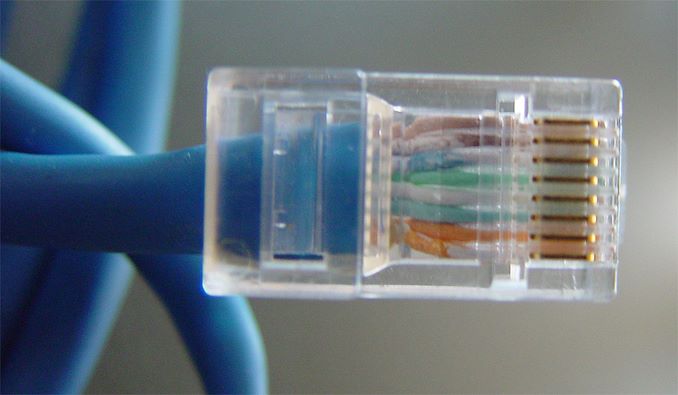

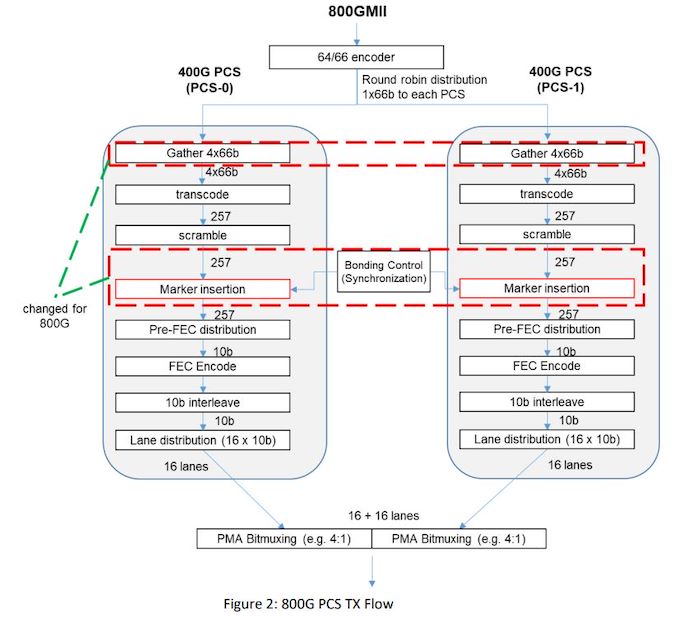

 Quote
Quote
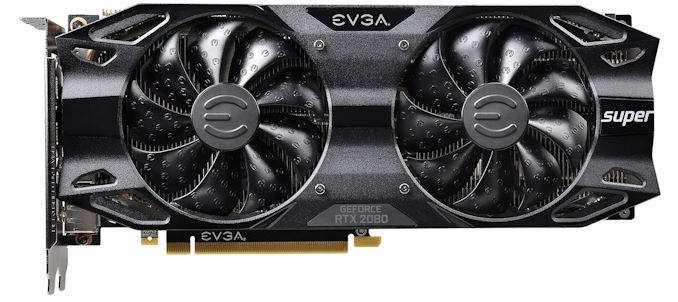
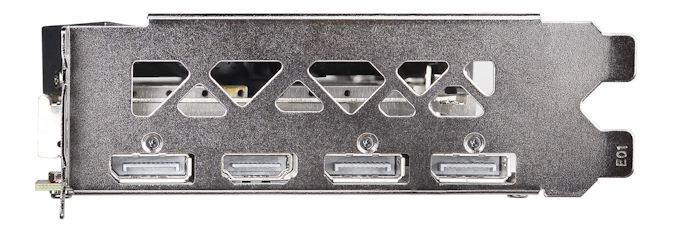

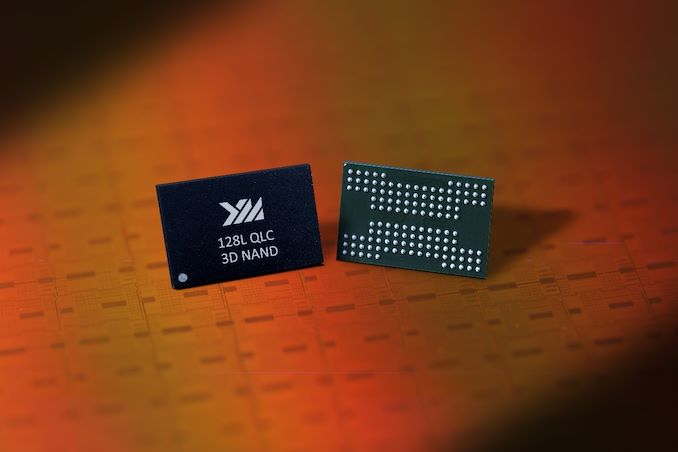
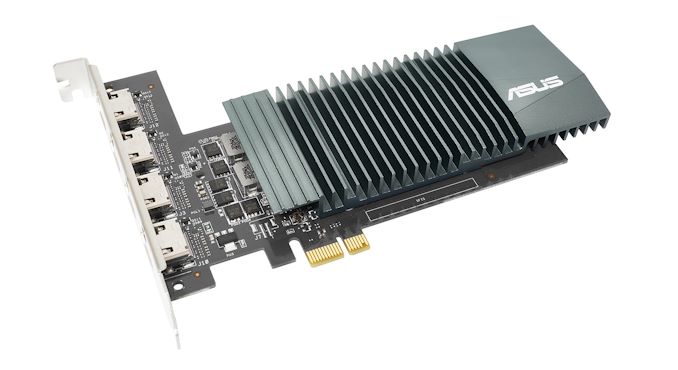

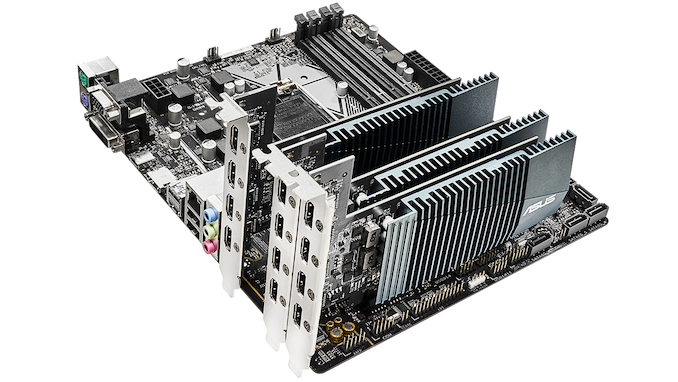
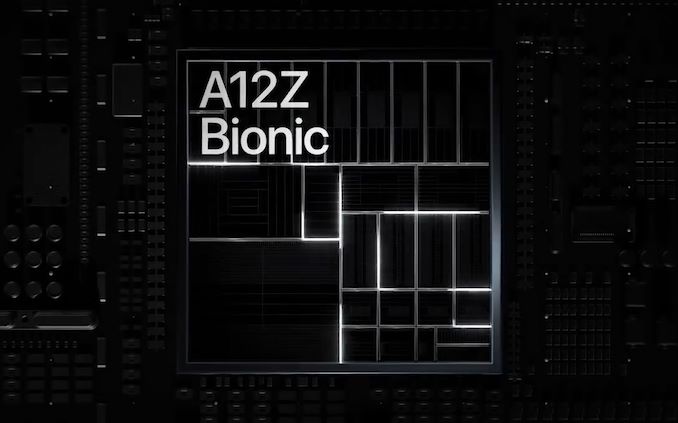
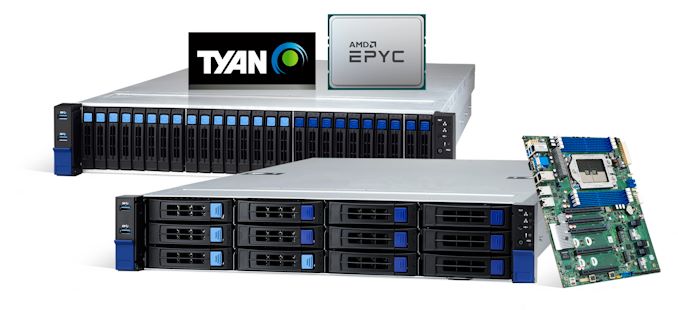
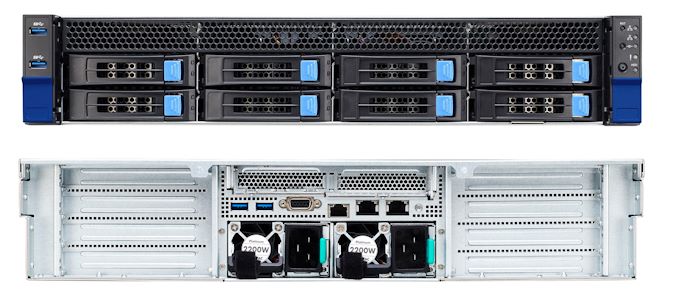


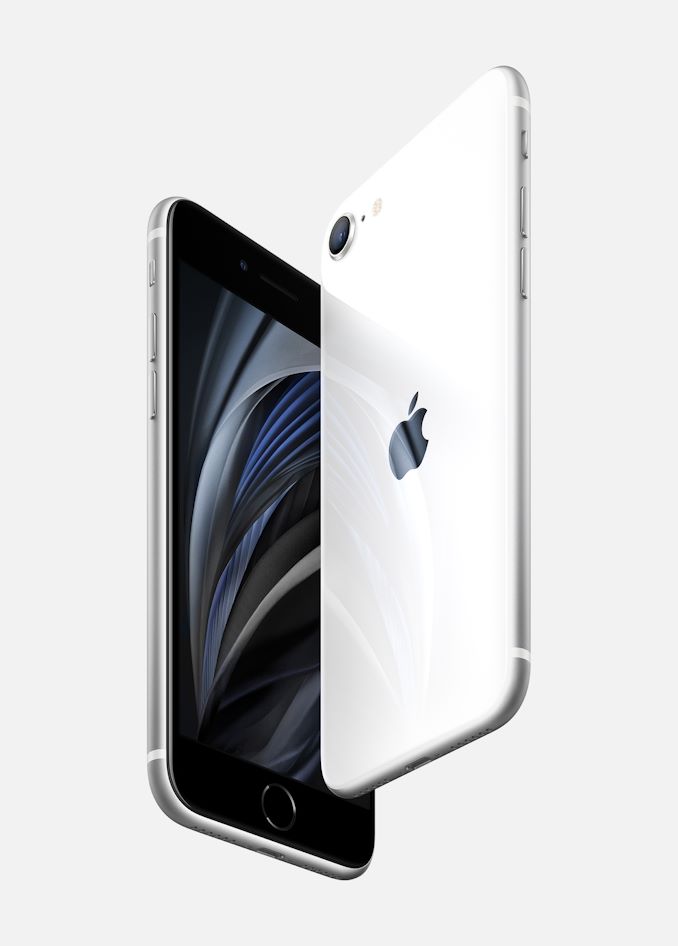


















Bookmarks